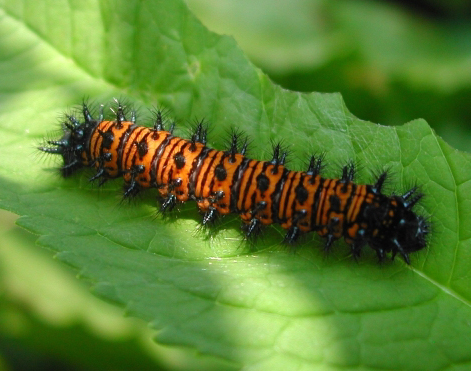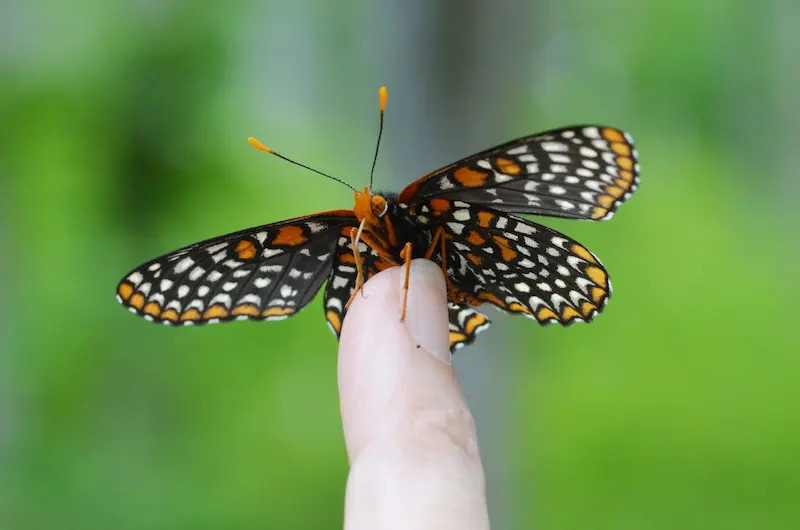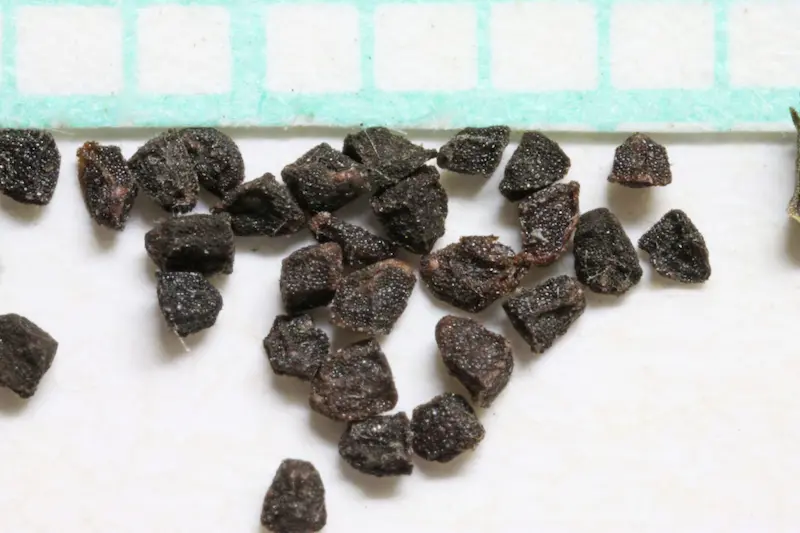Hairy Beardtongue Is Perfect for Many Gardens
Photo:
KENPEI, CC BY-SA 3.0 via Wikimedia Commons
The Hairy Beardtongue possesses many beneficial characteristics. It is, for example, small and controllable, does not compete or spread widely, has attractive and delicate blooms, and is tough (meaning it is hard to kill). It is a larval host for the Baltimore Checkerspot Butterfly and is an excellent choice for a butterfly garden or many other types of gardens. The trumpet-shaped blooms are white and light purple (some say lavender), but the leaves turn a deep crimson in the fall, adding autumn colours to yoru gardens.
Baltimore Checkerspot Butterfly Host Plant


Credit: Andy Reago & Chrissy McClarren, CC BY 2.0 via Wikimedia Commons
Where to Plant
This herbaceous perennial can be found in forests, glades, forest margins, rocky woodlands, and along roadsides. It is great for borders, cottage gardens, rock gardens, and pollinator gardens.
Quick Growing Guide
Botanical Name: Penstemon hirsutus
En français: Penstémon hirsute
Sun / Shade:
Watering:
Water: Tolerates drought
Soil:
Height:
Care:
Propagating Hairy Beardtongue
Hairy beardtongue forms clumps and does not propagate by rhizomes.
From Seed
Penstemon hirsutus self seeds quite effectively in nature. As a result, you may propagate it from individual seeds or seed pods, which are its blossoms. If you do not want self-seeding, remove the blooming stalks in August/September. Remove the stems to ensure that no seeds escape. Flowers appear in the second or third year after the seed is planted.

Credit: Andrey Zharkikh from Salt Lake City, USA, CC BY 2.0 via Wikimedia Commons
From Division
Because the plant grows in clumps, it is best to divide it every 4 or 5 years. Cut the root stem in half using a spade, gardening knife, or pruning saw, and replant immediately. It is a resilient plant that may be divided in the spring or fall, right after or before dormancy.







Leave a Reply
You must be logged in to post a comment.